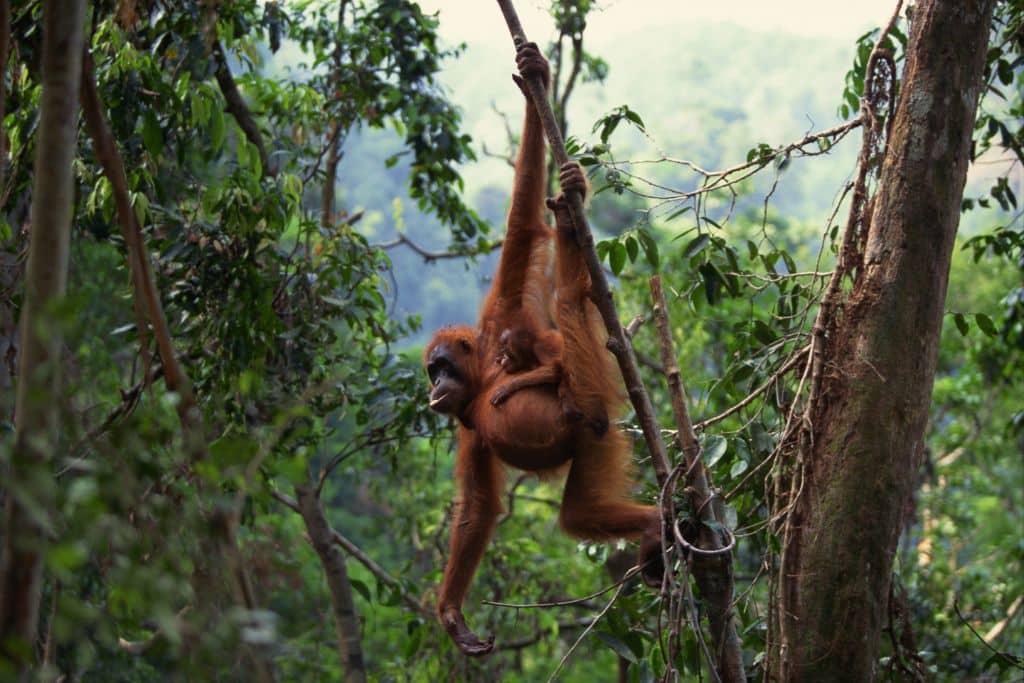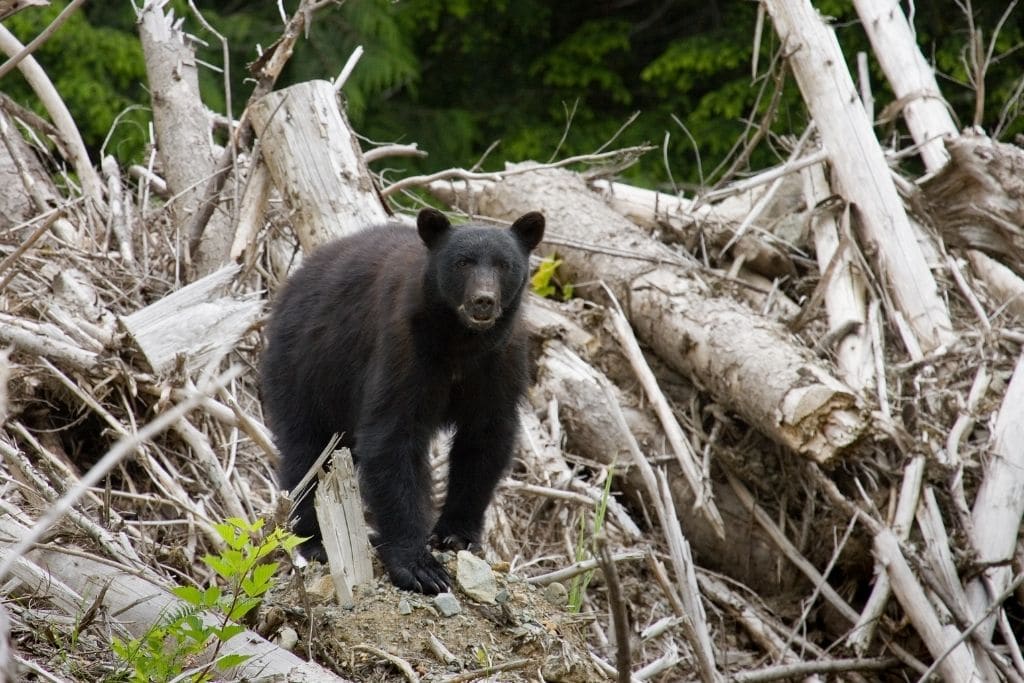Species are going extinct faster than at any time in history, and this worrying trend is projected to accelerate. According to a 2021 United Nations report, approximately one million animal and plant species are at risk of extinction and many of them could be completely wiped out within the next few years. This dire situation could potentially lead to an ecological crisis, threatening the survival of species and ecosystems. So, what is the definition of biodiversity loss, what are some biodiversity loss examples, and the biggest causes of it today?
—
What Is Biodiversity Loss?
The definition of biodiversity loss is described as the loss of life on Earth at various levels, ranging from reductions in the genetic diversity to the collapse of entire ecosystems. In addition to its intrinsic value, biodiversity underpins ecosystem services, providing the backbone of the global economy.
The rate of loss has rapidly increased in recent years, to the point where many scientists believe that the world is currently experiencing a sixth mass extinction. Previous mass extinction events saw the existence of dinosaurs wiped out completely as well as the disappearance of more than 95% of all species living at the time.
Biodiversity loss not only results in species extinction, but it also affects humans by depriving humanity from accessing services that natural ecosystems provide, whether it be the wealth of oxygen that we breathe or the benefits of pollination provided by animals in ensuring global food security.
4 Causes of Biodiversity Loss
While biodiversity loss can occur naturally from more permanent ecological changes in ecosystems, landscapes, and the global biosphere, the current rapid rate of loss is a direct result of rampant human activity since the Industrial Revolution.
1. Habitat Loss
The single biggest contributor of global biodiversity loss is undoubtedly land and forest clearing to make way for urban and agricultural development. The latter of which has caused the loss of millions of hectares of trees to support the growing cattle and livestock industries, as well as mining activities. These ever-expanding industries are driven by global meat consumption, demand for commodities like paper and wood, and resources such as gold and other valuable minerals.
Decades of persistent land clearing means that we have lost significant amounts of natural habitats. Since forests especially are home to more than 80% of all terrestrial species of animals, plants and insects on the planet, millions of species have lost critical habitats to find shelter from prey and for reproduction, as well as increased food competition, causing population decline for many animals (and plants).
2. Wildlife Trading
Animal poaching, wildlife and exotic pet trading have cost the lives of millions of animals from thousands of species across the world, causing nearly 30,000 species to become extinct every single year. Rare and vulnerable animal species are frequently targeted, caught and killed for food, as trophies, status symbols – for instance, elephant ivories and rhino horns, tourist ornaments, as well as allegedly medicinal purposes – many bears and tigers are killed for parts believed to be medicinal cures and even aphrodisiacs.
3. Overfishing
Aside from habitat loss from deforestation, another contributing factor in biodiversity loss is overfishing prompted by the commercial fishing industry. Today, we fish at a much higher and faster rate than fish stocks are able to replenish, pushing many fish species to the brink of extinction. While there are a number of regulations and fishing quotas in place to reduce the risk of overfishing – a few commercially-fished tuna species have recently been reported to show signs of population recovery – many other marine species including sharks and manta rays are in decline. This partly can be attributed to bycatching, where unwanted sea animals are captured during commercial fishing. About 38.5 million tonnes of bycatch result from unsustainable fishing practises every year.
4. Climate Change
Our dependence on fossil fuels and the resulting greenhouse gas emissions from it have created the phenomenon that is climate change. But today’s climate is changing faster than species can move or adapt, and rising global temperatures are driving many animals to habitats they are not suited for. According to a 2004 study, scientists estimated that millions of species worldwide could face extinction as a result of climate changes predicted to occur in the next 50 years.
Aside from biodiversity loss definition, you might also like: How Does Habitat Fragmentation Affect Biodiversity?
Some Examples
1. Mountain Pygmy-Possum
As global temperatures continue to rise, one particular species has already keenly experienced its effects : the Mountain Pygmy-Possum. Native to Australia and found only in the snowy mountain tops in Victoria and New South Wales, this tiny mammal goes through a prolonged hibernation – under two to four metres of snow – of up to seven months during winters. Because of global warming, there is less available snow, forcing the marsupial to come out of hibernation earlier, resulting in greater food competition and higher risk of exposure to prey. Today’s estimates place about 2,000 individuals left in the wild for this already vulnerable species.
2. Orangutan
Both the Bornean and the Sumatran orangutan that are native to Indonesia have been severely impacted by deforestation in the country. The latter are reported to have lost approximately 60% of their key habitat between 1985 and 2007, largely due to logging, mining, agriculture, and infrastructure, and in support of the palm oil industry – Indonesia is now home to over 60,000 square kilometres of palm plantations. As these majestic forest dwellers are arboreal creatures, meaning that they spend most of their lives in trees, the loss of forest land causes irreversible damage to the species’ survival. A century ago, there were probably more than 230,000 orangutans in total, but the Bornean orangutan is now estimated at about 104,700 while the Sumatran at about 7,500.

The endangered Sumatran Orangutan
3. Stellar’s Sea Cow
This marine mammal became extinct within 27 years of their discovery in 1741 by naturalist Georg W Steller. Reaching a length of over 30 feet and weighing between eight-10 metric tons, the sea cow was larger than today’s manatees with a broad, horizontal forked tail fluke. Its weight is largely attributed to three to four inches of blubber to help them conserve heat in its natural habitats – found primarily in the North Pacific Ocean – and one-inch thick outer skin. But because of these attractive features, the slow-moving animal was hunted extensively for its skin, fat, and meat to the point of extinction.
You might also like: 10 of the World’s Most Endangered Animals in 2023


















